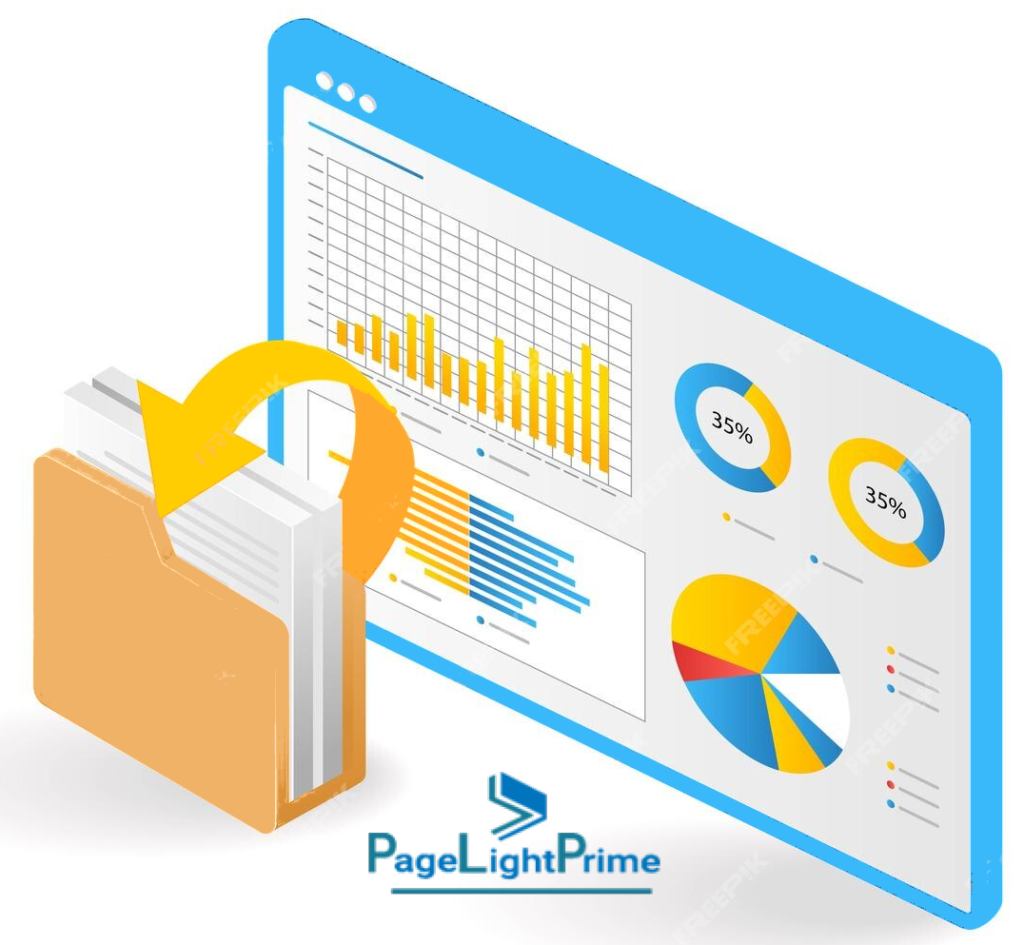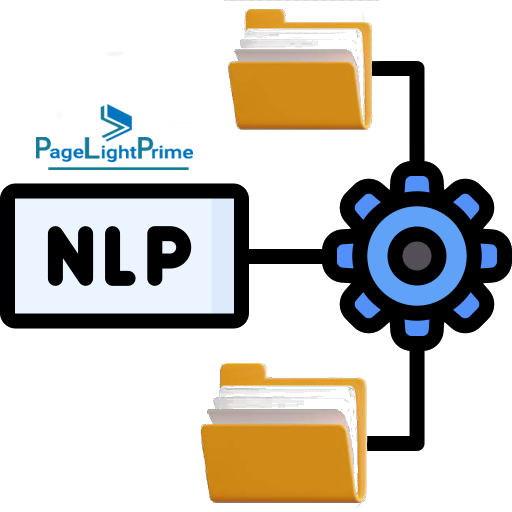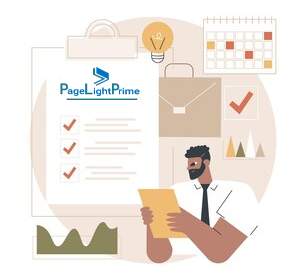Metadata Extraction in Legal Document Management
In the legal industry, efficient document management is paramount for preserving the integrity of legal processes, ensuring compliance, and facilitating the retrieval of critical information. Central to this endeavor is the practice of metadata extraction and enrichment, which plays a pivotal role in managing legal documents effectively. In this article, we will explore the best practices for metadata extraction and enrichment in the context of legal document management, optimizing workflows and enhancing productivity.
Written by Knowledge Team, posted on November 20, 2023

Introduction
Effective document management is not just a convenience but a necessity in the legal realm, where precision and speed are paramount. Metadata extraction serves as the linchpin in achieving this balance, providing a structured approach to organizing and retrieving legal documents.
Understanding Metadata in Legal Document Management
Before we delve into best practices, it is imperative to grasp the significance of metadata and its inherent importance in legal document management.
Metadata encompasses structured information about a document, encompassing key details such as case number, client name, document type, attorney, creation date, keywords, and more. This metadata serves as a navigational beacon, guiding legal professionals to relevant documents promptly. An adept management of metadata is fundamental to achieving excellence in legal document management.
Best Practices for Metadata Extraction and Enrichment

Define Critical Metadata Elements
Initiate the process by identifying the crucial metadata elements essential to your legal practice. These may encompass case references, client information, document types, and other parameters critical for document categorization and retrieval.
Leverage Automation for Extraction
Embrace automation tools and Optical Character Recognition (OCR) technology to automatically extract metadata from legal documents. This diminishes manual data entry errors and accelerates the process.
Maintain Standardized Metadata Formats
Uphold consistent formatting standards for metadata elements. Utilize pre-established lists of values or controlled vocabularies for entries like attorney names, document types, or legal codes to obviate inconsistencies.
Enrich Metadata with Legal Taxonomies
Develop taxonomies or classification systems customized for legal documents to enrich metadata. This facilitates a systematic categorization of documents based on case, client, or legal subject matter.
Harness Natural Language Processing (NLP)
Incorporate Natural Language Processing (NLP) to analyze document content. This technology autonomously extracts relevant keywords, legal topics, and sentiments, fortifying the document’s metadata for enhanced search and retrieval capabilities.
Implement Version Control
Metadata should comprehensively include version information, facilitating the seamless tracking of document revisions. This is indispensable for maintaining an unassailable document history, an imperative in the legal field.


Routine Metadata Review and Updates
As the legal landscape evolves, so should your metadata. Regularly assess and update metadata elements to mirror changing legal requirements and business dynamics.
User Training and Documentation
Ingrain an awareness of the significance of metadata in legal document management among legal professionals. Furnish them with lucid documentation and guidelines to ensure conformity.
Preserve Data Security and Legal Compliance
Exercise stringent control over sensitive metadata, especially in industries with stringent regulatory prerequisites. Encrypt or restrict access to sensitive metadata entries as per legal mandates.
Integration with Legal Document Management Systems
Assure that your metadata extraction and enrichment process is seamlessly integrated with your legal document management software. This warrants that metadata is effectively deployed in search and retrieval operations, a cornerstone in legal proceedings.
Periodic Metadata Audits
At intervals, conduct comprehensive audits of your metadata to unearth inconsistencies or omissions. Execute stringent quality checks to ascertain data accuracy, a pivotal factor in legal documentation.
User Feedback and Continuous Improvement
Solicit and welcome user feedback concerning the quality of metadata and the ease of retrieval. Utilize these insights to perpetually refine your metadata practices.

Conclusion
Competent metadata extraction and enrichment constitute the linchpin of a well-ordered and efficient legal document management system. By implementing the best practices delineated above, your legal practice management software can gain operational efficiencies, minimize errors, and bolster legal compliance. Furthermore, your legal team will experience a notable enhancement in document retrieval, which is pivotal in ensuring that legal processes are executed accurately and expeditiously. As the legal landscape continually evolves, staying abreast of emerging technologies and best practices is instrumental in maintaining a competitive edge in the realm of legal document management.
